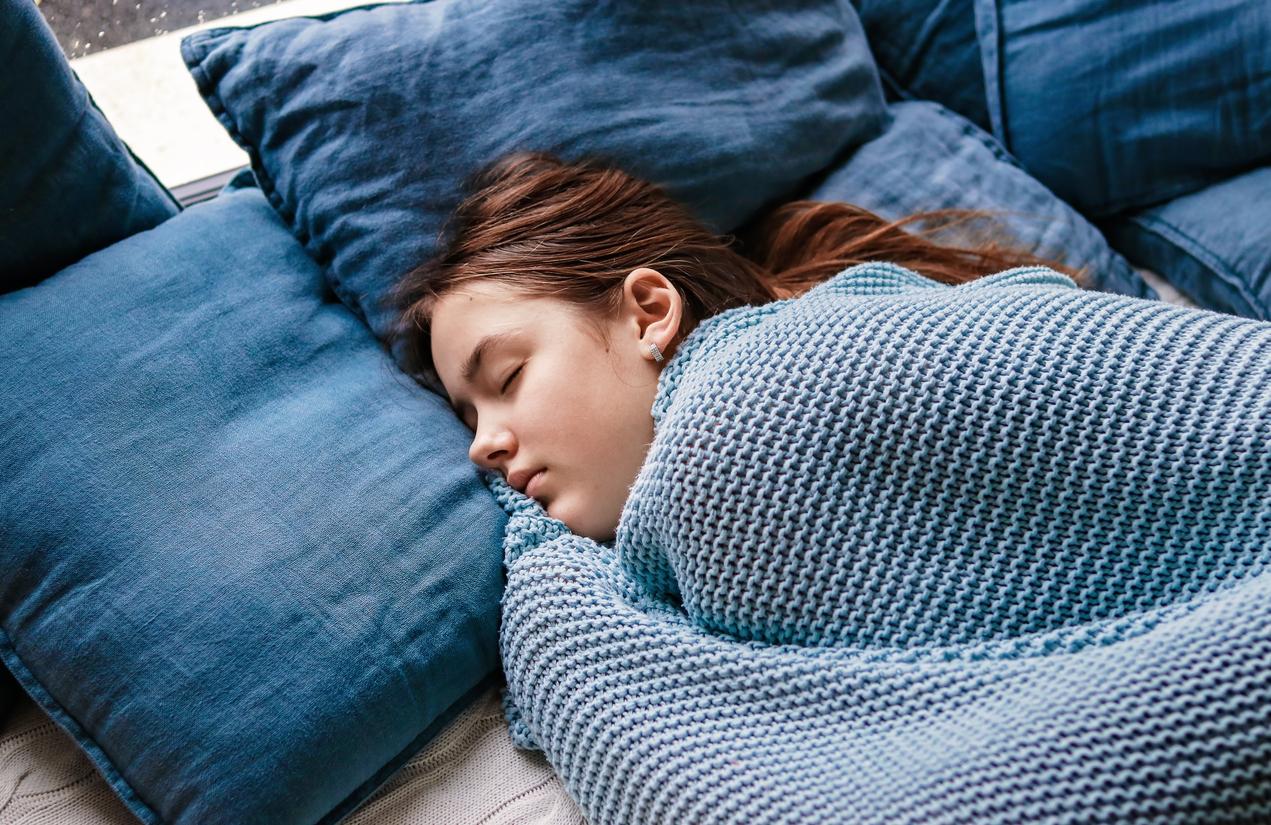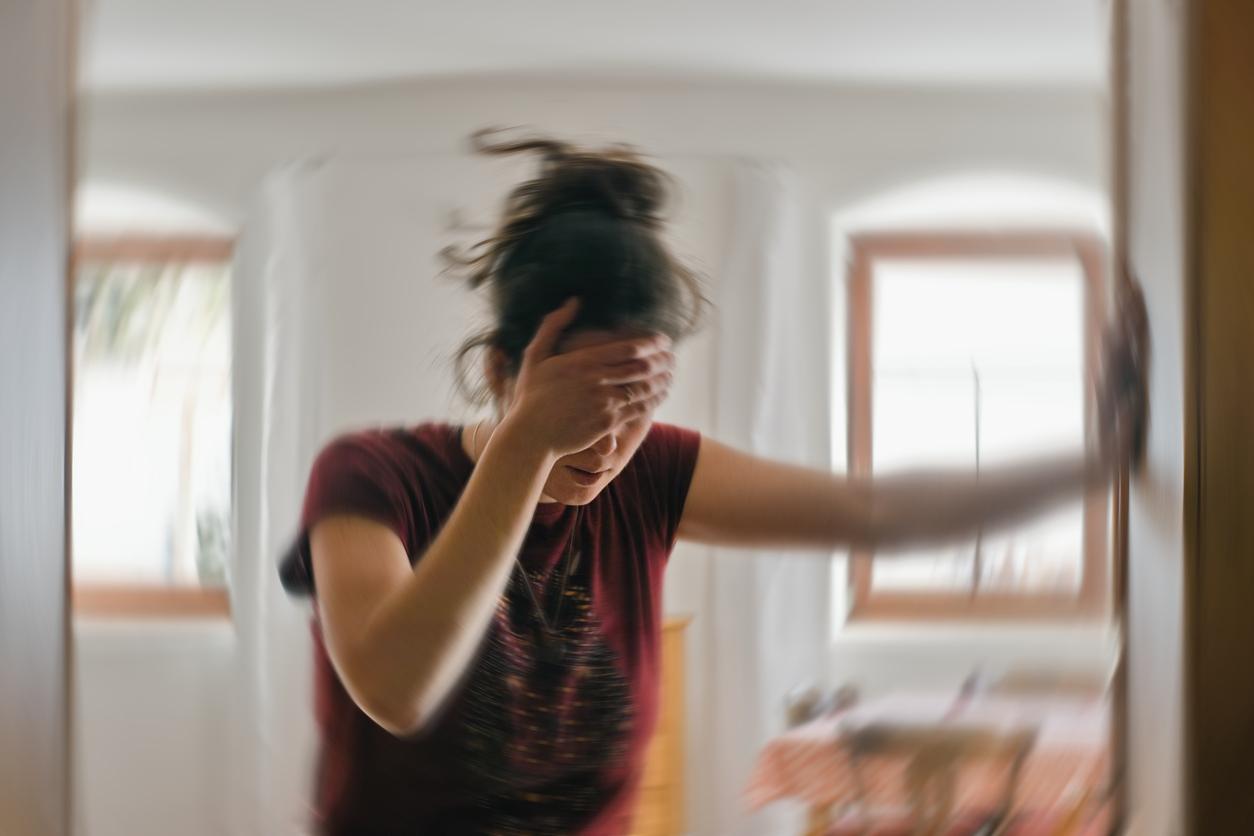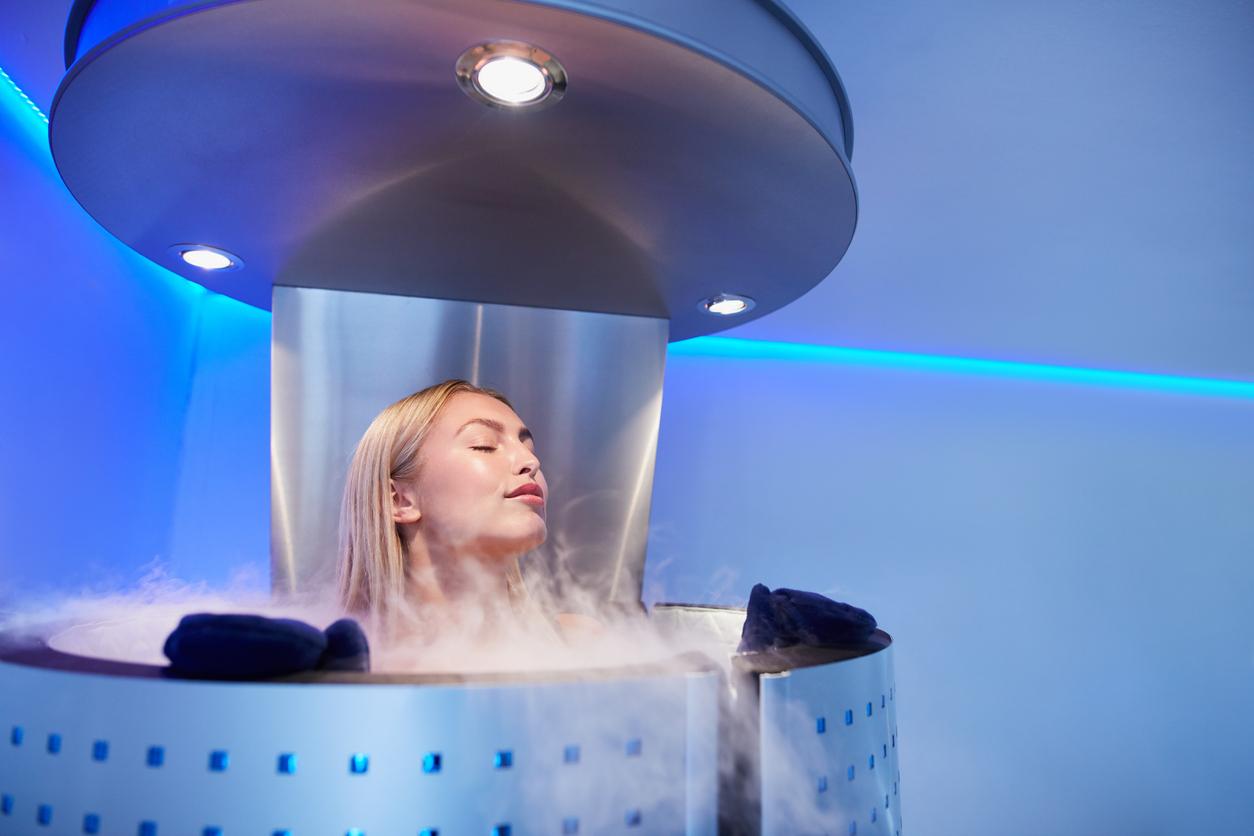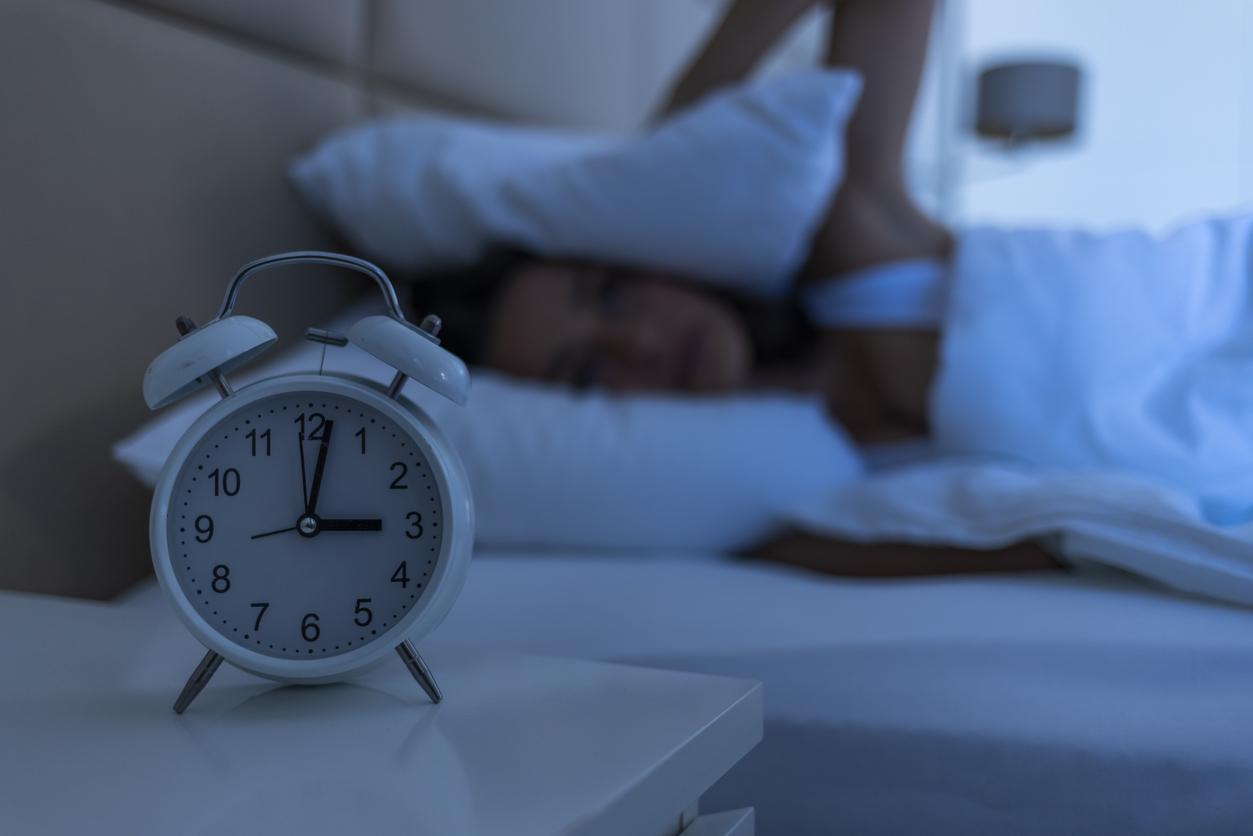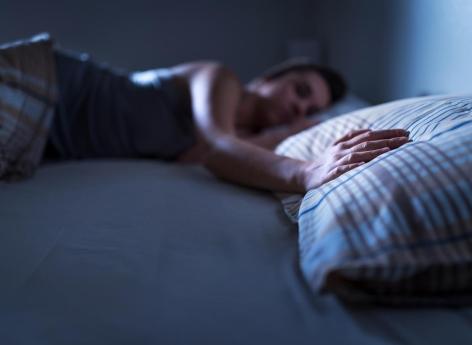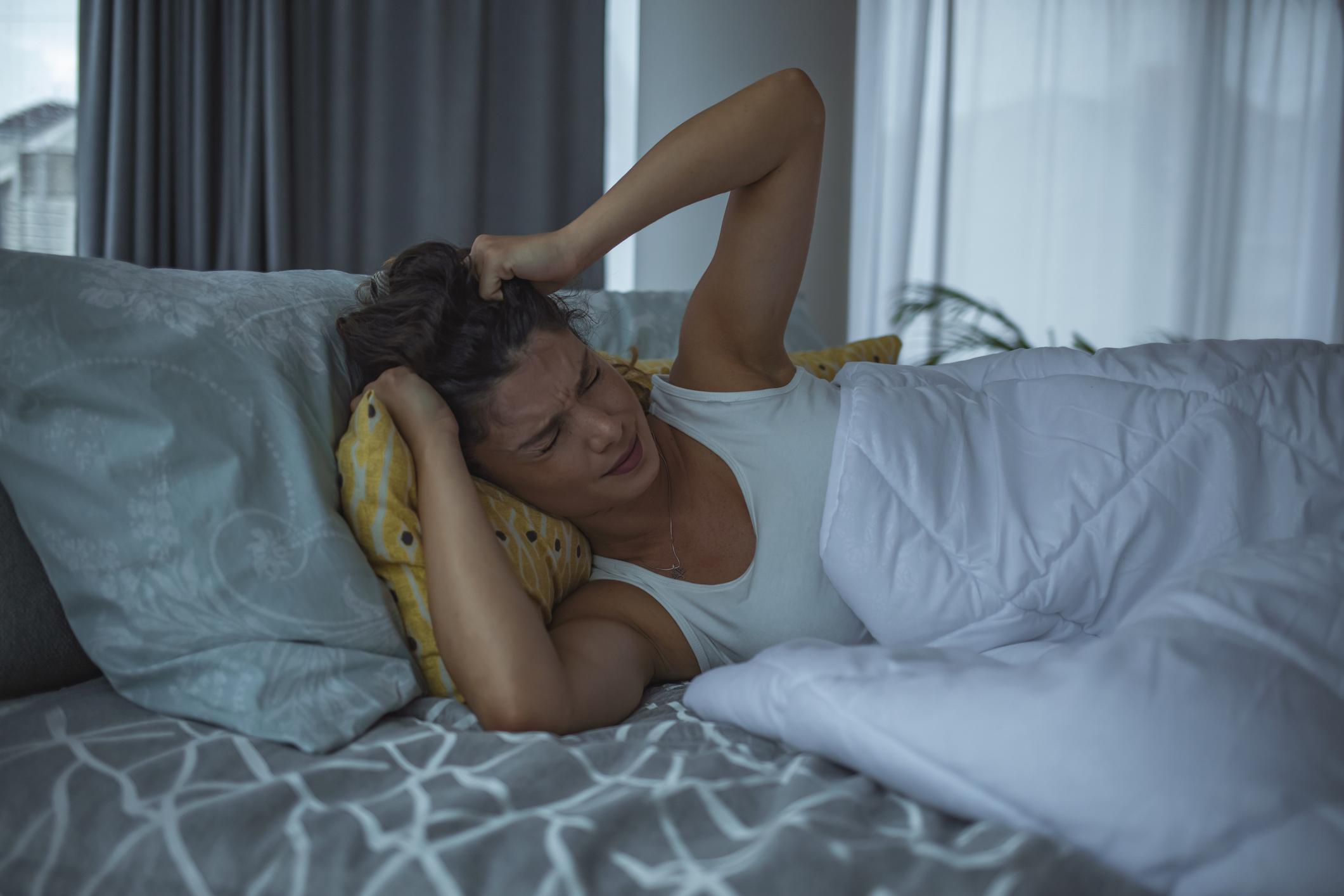May 14, 2009 – Following an exercise program for the tongue and muscles in the airways may help reduce symptoms of sleep apnea, Brazilian researchers say.
The study1 was conducted with patients who underwent a series of breathing and chewing exercises, as well as facial exercises involving the tongue, soft palate, and pharyngeal walls. According to the results, participants who followed the exercise program reduced the severity of their apnea symptoms by 39%. They improved the quality of their sleep and reduced the intensity and frequency of snoring and sleepiness during the day.
After treatment, 10 of the 16 patients who suffered from moderate apnea2 showed only mild symptoms, and some no longer had symptoms. The 15 patients in the control group retained the same symptoms of apnea.
“In some patients, sleep apnea is caused by fatigue in the muscles and tissues of the throat,” explains Dr.r Frédéric Series, pulmonologist and medical manager of the Sleep Laboratory at the University Institute of Cardiology and Pneumology of Quebec (Hôpital Laval).
“It’s interesting that training can improve symptoms of sleep apnea, but this area is complex. The key is to stimulate all the muscles in that region and not just one or two isolated muscles that could interfere with the opening of the throat, ”he adds.
Demanding exercises
During the study, 31 patients aged 25 to 65 with sleep apnea were subjected to a series of daily exercises derived from language therapy. The participants were divided into two groups, one followed the exercise program for three months, the other performed placebo exercises consisting of one session of heavy breathing for 30 minutes and three washes of the nasal passages per day.
The Dr Series finds the exercise program to which participants in the Brazilian study were subjected to be demanding: “Research should be continued to see how patients could be encouraged to practice these exercises on a daily basis. “
Here are some examples of exercises:
- Soft palate exercises: pronounce a vowel intermittently and continuously for 3 minutes.
- Tongue exercises: a series of four exercises of 3 minutes each in which the patient moves their tongue in their mouth in different ways along the palate, exerting pressure.
- Several inspiration and expiration exercises with vocalizations and chewing and swallowing exercises to be included during meals.
A study3 published in 2005 had shown that the regular practice of didjeridoo (trumpet of the aborigines of Australia) could improve the syndrome of sleep apnea by toning the muscles of the respiratory tract.
Emmanuelle Bergeron – PasseportSanté.net
1. Guimarães KC, Drager LF, et al. Effects of oropharyngeal exercises on patients with moderate obstructive sleep apnea syndrome, Am J Respir Crit Care Med. 2009 May 15; 179 (10): 962-6.
2. We speak of moderate apnea when the apnea index, ie the number of periods of apnea per hour of sleep is 15 to 30 and mild apnea for 5 to 15 respiratory anomalies / hour.
3. Puhan MA, Suarez A, et al. Didgeridoo playing as alternative treatment for obstructive sleep apnoea syndrome: randomized controlled trial. BMJ. 2006 Feb 4; 332 (7536): 266-70.









